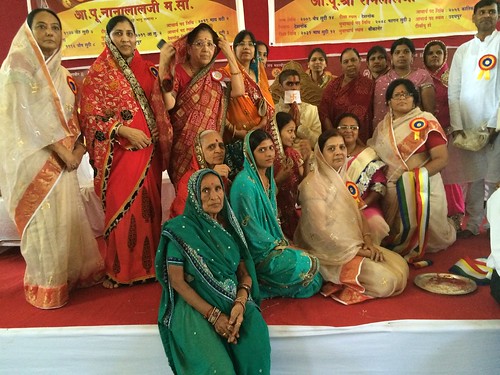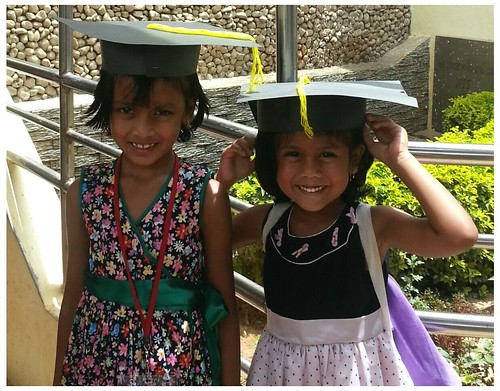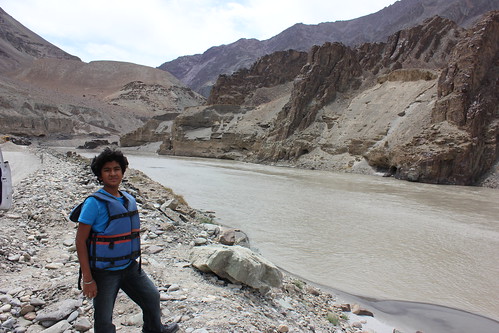A sartorial review of the Ugly.
While complicated the plot may be, the costumes of Ugly are simplistic and stereotypical. Shalini (Tejaswini Kolhapure) uses a red dress for seduction. Rakhi (Surveen Chawla) on the prowl wears a leopard print top. Rahul Varshney/ Kapoor (Rahul Bhat), the struggler, pins his hopes on a Salman Khan-esq turquoise bracelet. Little girl Kali (Anshika Shrivastava) wears all pink to go out with her father.
The costumes pose questions that the script cannot answer. We know Shalini does not have financial independence and Kali is a neglected child. Then who gives Kali clothes, dolls, a pink purse and accessories for her iPhone? We know the iPhone came from mama Sidhant (Sidhant Kapoor) but the script does not hint towards a special bond between them. And while many girls may prefer pink (the younger Kali also wears a dusty shade of the colour), they just as easily wear green, brown, purple and yellow. Often together.
Similarly, Shalini is neglected, isolated and imprisoned. As Mrs Varshney, she still felt attractive. There was a home-chopped fringe, jeans and shirt on her; and a red dress and lipstick in the closet. But as Mrs Bose, she’s in a maxi or drab block-printed salwar kameezes. Then why is she depilating and bleaching her upper lip while talking to Rakhee on the phone? We assume that she is a victim of domestic violence, but there is no evidence through bruises or cuts. Her abuse is psychological and unless she is flirting with danger, again something there is no evidence of in the plot, she would not be motivated to de-hair herself. Hell, most of non-confined women aren’t.
In the same manner, Rakhee’s ennui is emphasised repeatedly by her multiple clothes changes through the day and experiments with blue and black lipstick. However, what are her true motivations? She doesn’t dress like an incognito celebrity, though she have a piece of fame. Is sex her only skill? Does she use it with Chaitanya Mishra (Vineet Singh) also? Does she influence Shalini? How does she feel about her Shalini?
Chaitanya, we know, also lives a hand-to-mouth existence. His copper and brass accessories come from vendors who sit outside train stations and beside bus stops. He has only two shirts — one of which he has worn in the movie poster in this office. This is the only glimpse we have of his attempt at forging a movie career. His bell-bottom pants and Western shirt with it’s Cowboy yolk say that sartorially he lives in the 70s, where most of small town India could reside. But it remains mum on his aspirations, roots and experience.
Similarly, Shoumik Bose (Ronit Roy) crisp, razor sharp uniform does not give away anything about the naive, romantic youth from college who bought over-sized Valentine Day cards. Does any inkling of him remained under the hard, resentful and violent cop? Does he have affection for Shalini?
In the background, her neat bun, striped shirt and nondescript trousers give away the only person who is working on the case. The cyber crime officer is a punctilious woman, ticking off all the boxes, double-checking all the evidence while wearing her ‘American’ diamond nose-pin. She is probably a first-bencher who has used knowledge and grit to rise up the ranks, and not adornment or sexuality.
The kindest thing to say would be that costume designer Nidhi Gambhir makes sure the clothes are dark and authentic. The realistic analysis is that they were the obvious choice.



